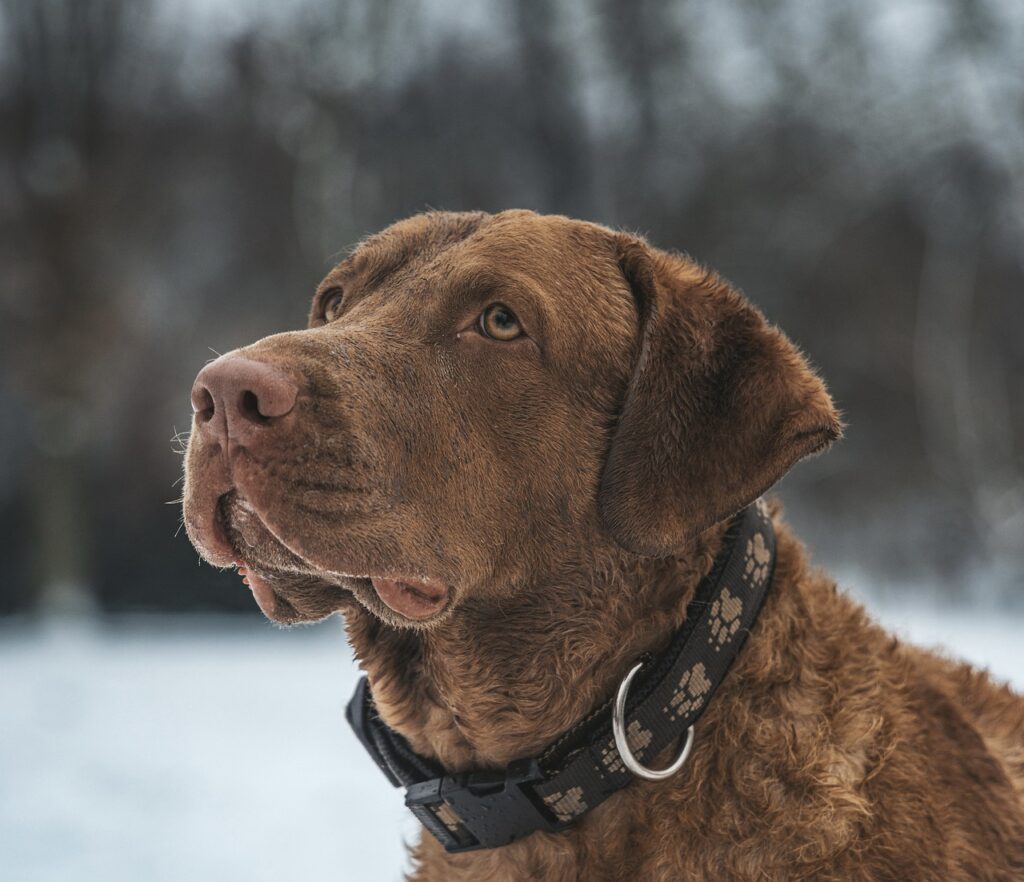Can Dogs Eat Chili? – No, They Can’t
Have you ever wondered if sharing a bit of spicy chili with your furry friend is okay? Well, it’s No, dogs should not eat chili. Dogs have a much different digestive system than humans, and what might seem like a tasty treat to us can be harmful to them. Chili, in particular, contains ingredients and spices that are not suitable for canine consumption. It can cause stomach upset, irritation, and even more serious health issues for your pup.
Can Puppies Eat Chili?
When it comes to puppies, their digestive systems are even more sensitive than those of adult dogs. So, the straightforward answer here is also a resounding No. Puppies are still growing, and their bodies are not equipped to handle the complex components of chili. In fact, giving chili to a puppy could lead to immediate gastrointestinal distress and potential long-term health problems.
Why is Chili Harmful for Dogs?
Chili poses several dangers to dogs, mainly due to its ingredients which often include onions, garlic, and various spices, all of which can be toxic to dogs. Here’s a breakdown of the primary risks:
Spices and Seasonings
The spices used to make chili flavorful for people, like chili powder, cumin, and paprika, can cause significant stomach upset in dogs. Ingesting a large amount of these spices can lead to vomiting, diarrhea, and in severe cases, an inflammation of the pancreas, known as pancreatitis.
Onions and Garlic
These common chili additives are particularly toxic to dogs. They contain compounds that can lead to oxidative damage to red blood cells, resulting in anemia. Even in small amounts, onions and garlic can be harmful, so it’s best to avoid giving foods containing them to dogs entirely.
High Fat Content
Many chili recipes include high-fat ingredients like ground beef or pork. High fat intake can upset a dog’s stomach and, more worryingly, lead to pancreatitis, a condition that can be life-threatening if not treated promptly.
Symptoms to Watch Out For After Dogs Consume Chili
- Gastrointestinal Upset: Symptoms include vomiting, diarrhea, and lack of appetite. These signs can appear within a few hours of consumption.
- Lethargy: If your dog seems unusually tired or uninterested in usual activities, it could be a warning sign of a reaction to chili.
- Abdominal Pain: A dog in pain might whimper, have a tender abdomen, or be reluctant to move. This can be a symptom of pancreatitis.
Immediate Steps to Take if Your Dog Eats Chili
- Do Not Induce Vomiting: Unless instructed by a professional, it’s not safe to induce vomiting in your dog.
- Contact Your Vet: If your dog ate chili, reach out to your vet immediately for advice on the next steps to take.
- Monitor Your Dog: Keep a close eye on your dog for any changes in behavior or appearance of symptoms, and report these to your vet.
Safe Alternatives to Chili
While chili is dangerous for dogs, there are safe alternatives that they can enjoy. Consider offering your dog these safer food options instead:
- Carrots – These are low in calories and high in fiber and vitamins.
- Plain Cooked Chicken – A great source of protein without the dangerous spices of chili.
- Pumpkin – Good for digestion and packed with nutrients.
Conclusion
In conclusion, while sharing your meal with your dog may come from a place of love, it is essential to remember that chili contains ingredients potentially toxic to canines. The key dangers of chili include spices, onions, garlic, and high fat content, all of which can lead to serious health issues for your dog. Always be vigilant about what foods you offer to your pet and opt for healthier, safer alternatives that provide nutritional benefits without the risks.
Frequently Asked Questions
What should I do if my dog accidentally eats chili?
Contact your veterinarian immediately for advice tailored to your dog’s specific situation.
Can dogs eat any spicy foods?
Dogs should avoid spicy foods as they can cause stomach upset and more serious health issues.
Are there any safe human foods for dogs?
Yes, many fruits and vegetables, plain cooked meats, and certain grains can be safe for dogs in moderation.
How can I tell if my dog has pancreatitis?
Symptoms of pancreatitis in dogs include vomiting, diarrhea, abdominal pain, and lethargy. Immediate veterinary care is essential.



